In the midst of dramatic season finales signalling the end of the Spring season, I find myself looking back with surprise at the diversity of the anime we enjoyed over the past few months. Some of the endings delivered on expectations while others came as a complete surprise, but the way we arrived at many of them took some interesting turns. Heading into Spring, major sequels like Attack on Titan and My Hero Academia and a number of fantasy titles like Granblue Fantasy dominated our attention, promising 12 weeks of consistent action and adventure, but among them were a number of anime which played with our emotions and our expectations using strategic shifts in tone. Let's take a moment to enjoy the lull before Summer premieres and appreciate some of the twists and turns of the journey we just completed.
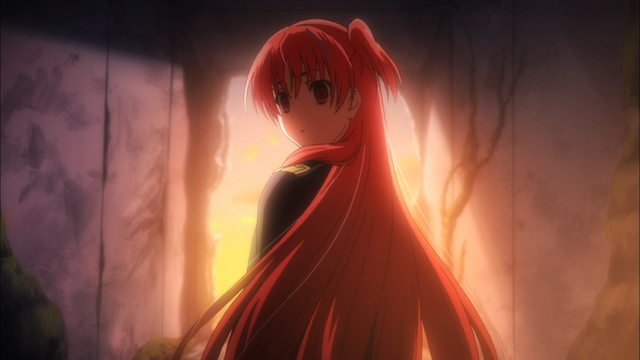
I’ve written previously about the classical technique employed by WorldEnd, providing us with a glimpse of the tragic ending to put us on uncertain footing as we follow Willem and Chtholly’s story. The happy moments they share with the children of the "warehouse" and small victories earned by the couple early in the series, along with our natural inclination to root for the shows charming cast, encourage a sense of optimism despite the events of the premiere looming over our heads. This perfectly places us in Willem’s headspace as we draw from the opening scenes in the same way Willem interprets the world based on on the events of his own tragic past while allowing ourselves to be drawn into a false sense of security by the cheery atmosphere.
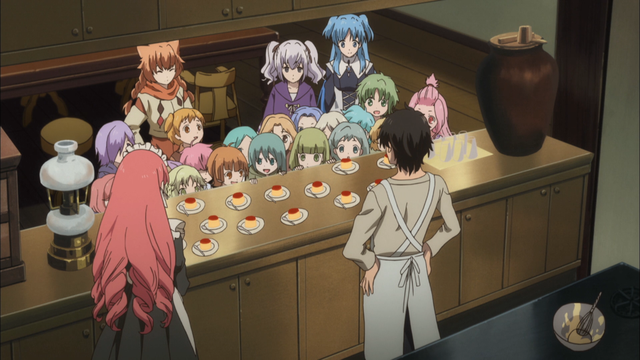
The advancing plot at first teases us with Chtholly's visions to drawn upon our present doubts before pulling back the veil to finally introduce us to the impossibility of their situation which culminates in WorldEnd’s gorgeous climactic episode where we catch up to the introduction. The happiness we’ve shared with the cast over the season causes us to hope against our better judgement for a some sort of miracle right up until the final moments. In the end, we’re forced to confront the same challenge as Chtholly, to accept the happiness we experienced with the series along with the bitterness of its unfortunate conclusion. The framing allows us to appreciate the perspectives of both leads, hoping against their better judgement for lasting happiness in a tragic world.

Alice & Zoroku did just the opposite by employing the simple device of defining mood through visuals, prominently using color to alternate between warmth of the slice of life sequences with Sana in the comfort of Zoroku's home and paler palettes accompanying the troubled characters possessing dreams of alice. As with WorldEnd, we're presented with early scenes featuring darkened environments and washed out colors to drive home the threatening nature of Sana's origins. As she settles into her new life, we can experience a visceral appreciation for Sana's escape from the clinical hues of the facility into the floral rainbow of Zoroku’s shop and grow comfortable along with her in his mundane day to day with these supporting visuals.
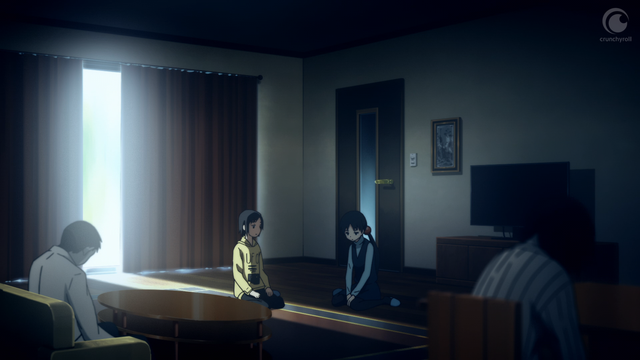
When perceived threats to Sana's lifestyle reveal themselves, we can appreciate the danger they post because they vibrancy of the world fades in their presence. This technique distinguishes between the minor dramas of the series, such as Sana chasing after the twins, and actual threats to her livelihood because the former lack the telltale signs of Sana’s existence as an experiment creeping into the visual space. This also drove home Hatori’s troubles in the last arc of the series as scenes in the emotionally barren environs of her troubled home were darkened and eerily still. Even as her mother cheerily brought her snacks, the environment made it crystal clear that something was wrong. As Sana's sense of security in her new life felt threatened by the unknown danger posed by Hatori, her unease bled into Wonderland itself, causing the colorful sky to split into monochrome crags.

The most ambitious writing among these examples undoubtedly belongs to KADO: The Right Answer. The early events of the series lead us to believe the series would pursue a hard sci-fi narrative speculating about the potential struggles of advancing humanity laterally in spite of national interests. We spend over half a season sitting in on negotiations and tense political drama as Shindo’s group navigates global politics to distribute zaShunina’s gifts. The greatest threat to our own prosperity appears to be ourselves, as greed and distrust between nations put put Japan itself under military threat.
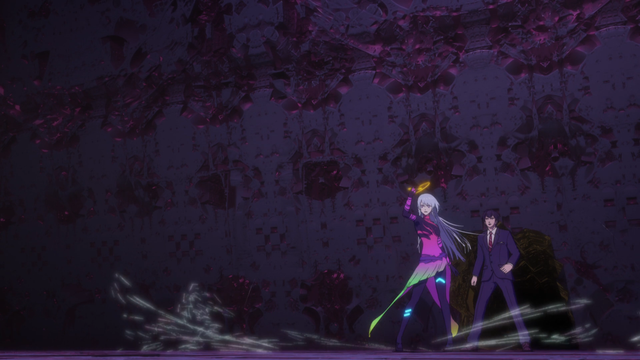
The twist is such a dramatic shift it essentially transforms the genre of Kado. Although it undermines certain assumptions set by the early episodes, the first half of the series was integral in providing time to reveal the scope of zaShunina’s power and fully develop the friendship between Shindo and zaShunina built upon their shared understanding, making the betrayal all the more surprising given the antagonist force of the series appeared to have already been determined. Whether you’re comfortable with such a tremendous shift or can appreciate the appeal of the genre before and after the reveal is a personal question, but it’s undeniable that Toei is bravely attempting to pioneer new territory, both with the Kado’s breathtaking 3DCG animation and a story beginning with a tremendous departure from modern anime trends.
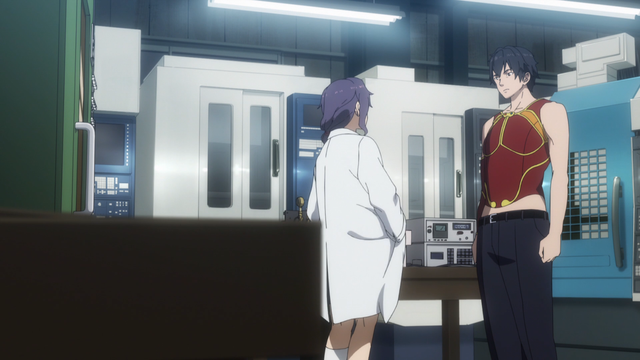
Consistent tone is its own strength, My Hero Academia's wouldn't be the blockbuster shonen that it is without its relentlessly optimistic spirit, but this season showed us a number of ways our expectations and experience of a story can be manipulated with some creative writing and visual cues. Regardless of their success, each of these anime stood out for attempting something unique, or at least uncommon, to make them memorable. One of the best things about anime is that nothing feels truly off limits and these series showcase that ethos. Discovering small gems by experiencing them first-hand makes looking forward to a whole new season of shows that much more appealing.
---
Peter Fobian is an Associate Features Editor for Crunchyroll and author of Monthly Mangaka Spotlight. You can follow him on Twitter @PeterFobian.
No comments:
Post a Comment